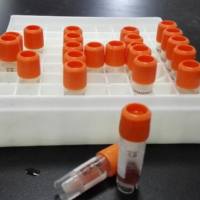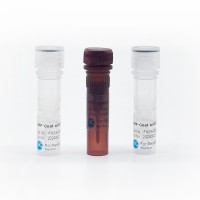Nuclear Transfer in Sheep
互联网
591
Somatic cell nuclear transfer is a complex and intricate procedure with a low success rate. Despite advances in embryo culture and the production of specialized tools and equipment success rate has remained poor. The procedure remains basically the same despite technical innovations but is now easier to learn and requires less technical expertise. Oocytes now come from an in vitro system, which may make the procedure more economical and flexible than before.
Oocytes are produced from ovaries collected at an abattoir. The cumulus oocyte complexes (COCs) are recovered from the ovary with hypodermic needle and syringe. Selected COCs are matured for 18 to 20 h in medium that is supplemented with hormones. Cumulus cells are stripped from the oocytes using hyaluronidase, and mature oocytes with polar bodies, selected for enucleation. These oocytes are treated with a cytoskelatal inhibitor to prevent lysis of the oocyte during enucleation and with a DNA-specific dye to visualize the chromosomes with the aid of ultraviolet light. These permit removal of the metaphase II chromosomes and polar body prior to reconstruction of the embryo. A diploid cell is injected under the zona pellucida of the enucleated oocyte, which can then be fused to the cytoplast using an electrical pulse. The fused embryos are activated and allowed to develop in culture to the morula or blastocyst stage, when they are surgically implanted into previously prepared synchronized, recipient animals.








